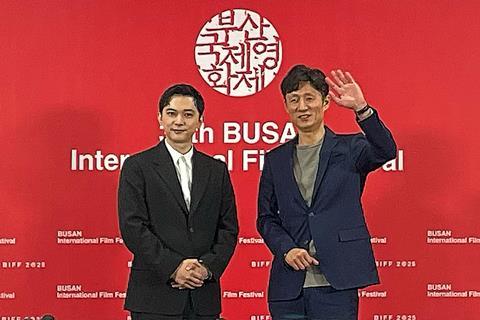
The runaway success of Japanese hit Kokuho is “beyond anything I could have imagined,” said director Lee Sang-il at Busan International Film Festival.
The film, which premiered in Directors’ Fortnight at Cannes, opened in Japanese cinemas on June 6, where it has so far earned nearly $95m (¥14bn), making it the highest live-action feature of the year in the country.
“Why have over 10 million audience members in Japan seen the film? I have no idea,” said Lee at a press conference in Busan, where the film plays as a gala presentation.
Now Japan’s 19th highest-grossing film of all time, Kokuho centres on a family of kabuki theatre actors over a period of decades.
“There hasn’t been a film with kabuki at its centre since Kenji Mizoguchi(’s 1939 The Story of the Last Chrysanthemum), and kabuki is thought to be exceptionally hard to do in film,” said the director.
“Moreover, the runtime is over three hours, so the film has many elements that don’t necessarily lend themselves to a hit. Many people are familiar with kabuki but have never really seen it, so perhaps the film gave them a chance to rediscover it, and to see beloved actors like [Ryo] Yoshizawa in a new light.”
Actor Yoshizawa also took part in the press conference on Sunday (September 21).
When asked if he was surprised that the film was well received by audience at BIFF despite their lack of knowledge in kabuki, Yoshizawa said: “There are many people in Japan who don’t know much about kabuki either, and we made the film with them in mind, too.”
Yoshizawa also detailed some of the direction he received from Lee, saying that while he spent 18 months learning to dance kabuki, the director told him “not to dance beautifully, but to dance in a way that conveys your character’s emotions”.
In the film, Yoshizawa plays the adopted son of a kabuki master played by Ken Watanabe who ends up succeeding him, despite Watanabe’s character also having a biological son. One theme that attracted Lee was the conflict between traditional bloodlines versus outsiders.
“People who come from a long line of performers are born with a certain burden,” said the director. “But outsiders to those traditions also have their own burden.”
Asked if his own background as an ethnic Korean born in Japan contributed to his interest in the story of an outsider, Lee said: “I can’t say that there’s no connection, albeit indirectly. Looking back at all my films, it seems I’m often interested in characters on the outskirts of society.”
His previous credits include Villain and Rage, which, like Kokuho, are based on novels by author Shuichi Yoshida.
Lee turned to another outsider, Tunisian cinematographer Sofian El Fani, to lens the film. Asked why he used a non-Japanese DOP, Lee said he had admired El Fani’s work since Blue Is The Warmest Colour and intentionally wanted someone unfamiliar with kabuki.
The success of the film has reinvigorated interest in live-action filmmaking in Japan, where the box-office is often dominated by anime and adaptations of TV dramas and manga.
“People in the Japanese industry are thrilled and excited about this hit, as it’s quite a traditional film based on a novel, but there’s no guarantee this phenomenon will continue,” said Lee.
Kokuho is set for release in South Korea via Media Castle and in North America via Gkids, which is set to release in early 2026.

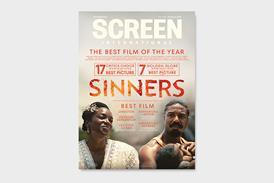




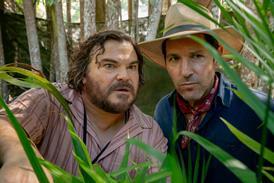

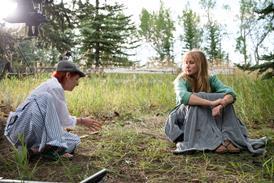
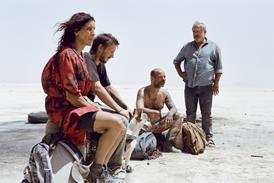


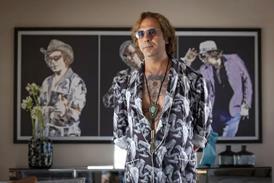
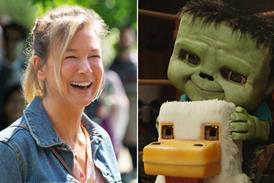
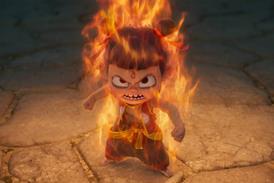










No comments yet